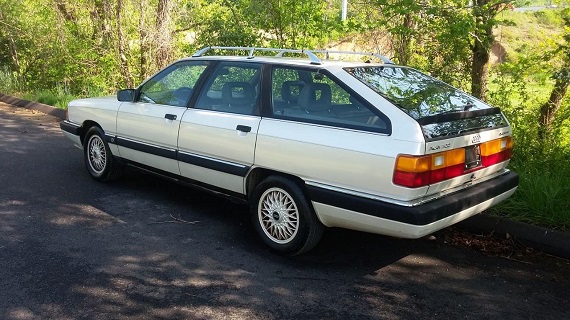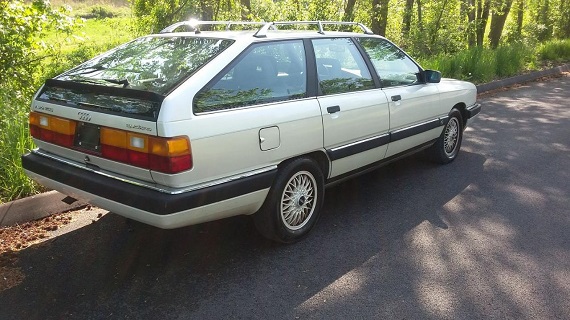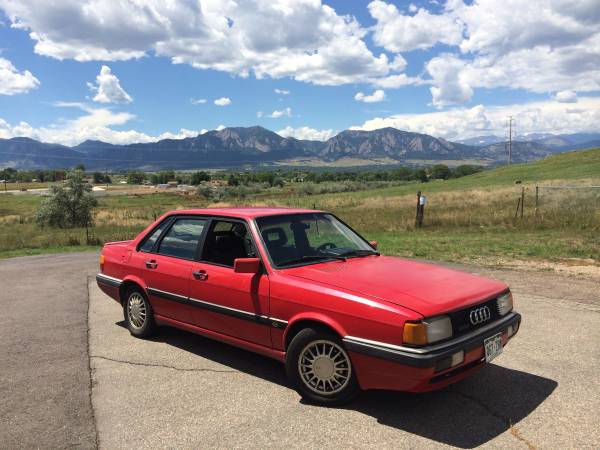So synonymous with the Audi brand is the all-wheel drive moniker “quattro†that you’d be forgiven for assuming that the brand didn’t offer two-wheel drive vehicles in the same vein as Subaru. But before quattro fully gained traction, Audi’s bread and butter was the front-wheel-drive market and they produced some great examples. In part, that was because unlike most other modern platforms that copied the Mini’s transverse engine configuration, in the 1980s and forward to the Golf-based Audi built their platforms to accept the rearward heading drive shaft which necessitated a longitudinal engine configuration. While this pushed the engine weight farther forward than most other front-wheel drive packages, it also balanced power delivery and the driving experience in all of the non-quattro Audis in the 80s was remarkably sprite. Models like my favorite Coupe GT have gained a popular following as great drivers, but the large sedans – especially in turbo configuration – are less frequently seen. This is one of the last made – the 1990 Audi 200 Turbo:
Warning!
We have 15 years of archives. Links older than a year may have been updated to point to similar cars available to bid on eBay.Tag: MC2
Today’s 10K Friday is something a bit unique; instead of a normal comparison between similarly valued cars, I’m going to chart the development of the venerable Audi inline-5. While, due to a dearth of examples, we won’t go back to the very early days of the I5 in the U.S., I’ve rounded up some of the more notable configurations that the engine appeared in the U.S.. Since, save some exceptions like the legendary Quattro and RS2, nearly every used Audi with this motor fits the under $10,000 limit (or comes close to it), that gives us the opportunity to see Audi’s continual technical changes to the inline-5. Though not as memorable as BMW’s inline-6 or Porsche’s flat-6, this motor was extremely important to the company nonetheless and was a character-defining attribute of Audis for nearly 20 years. So, let’s see how they kept it relevant from the 1970s into the 1990s:






